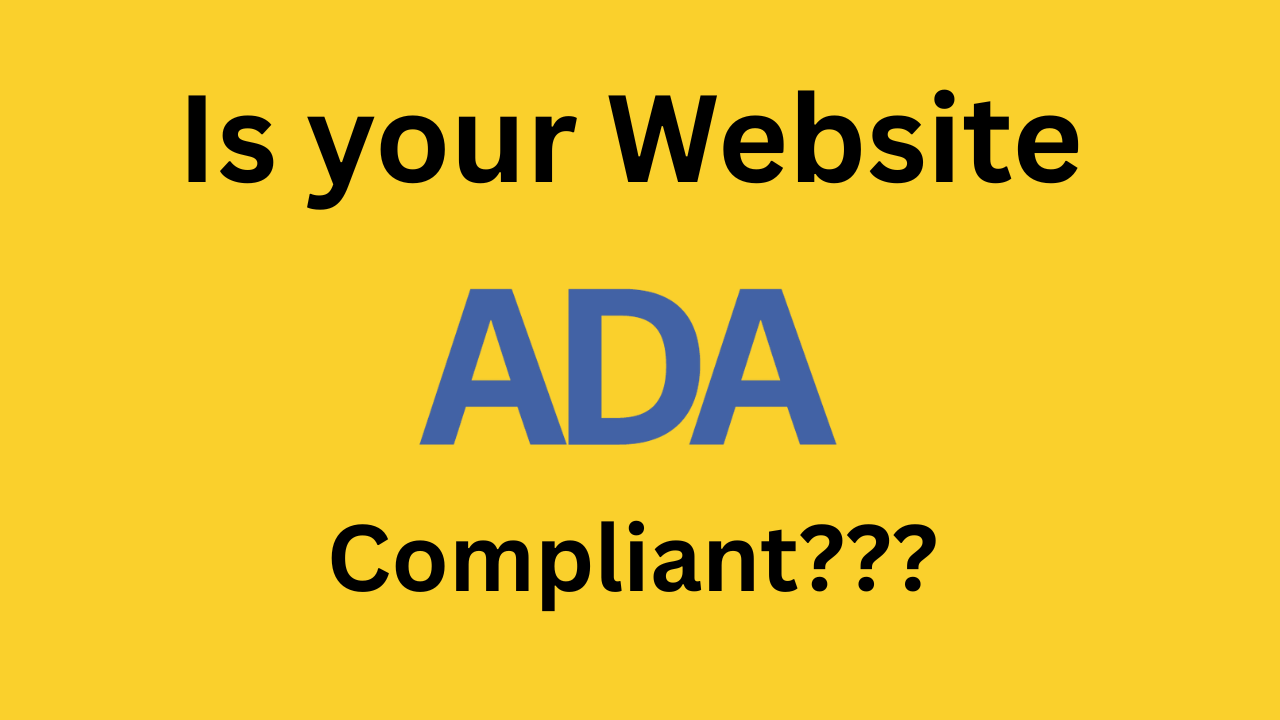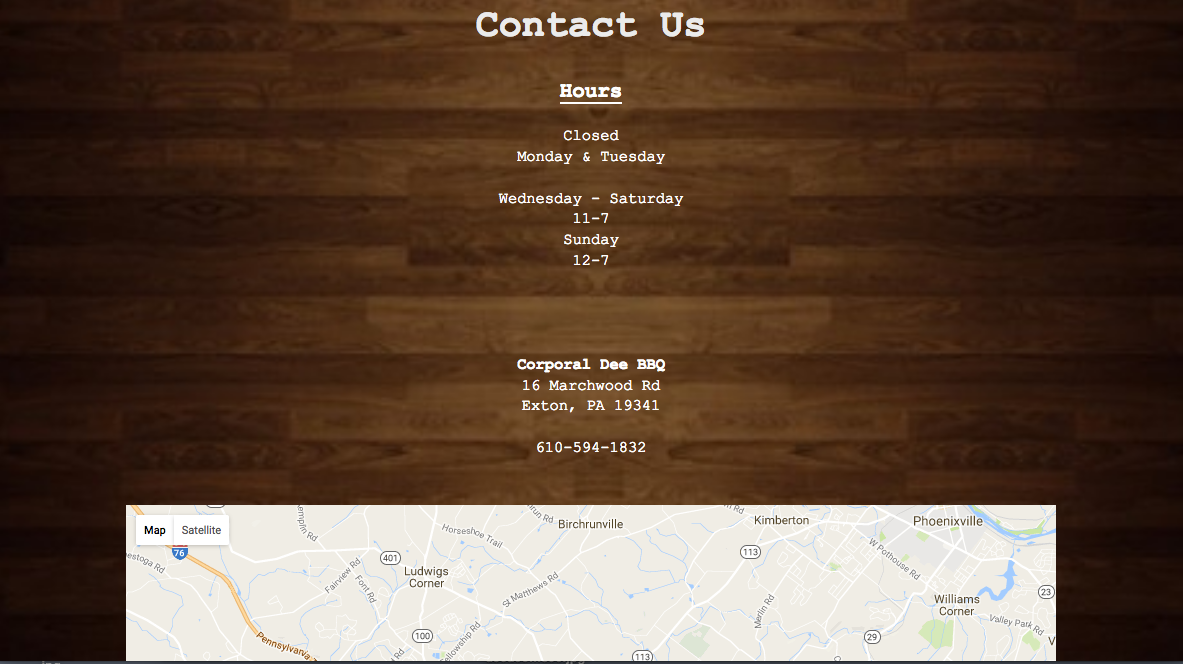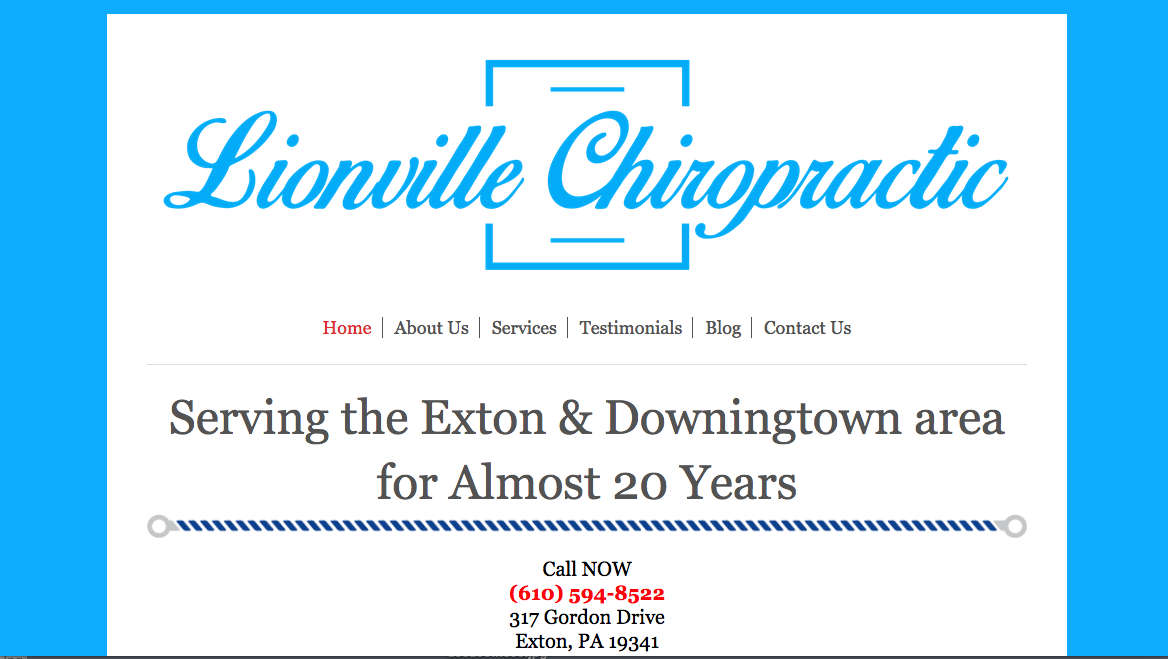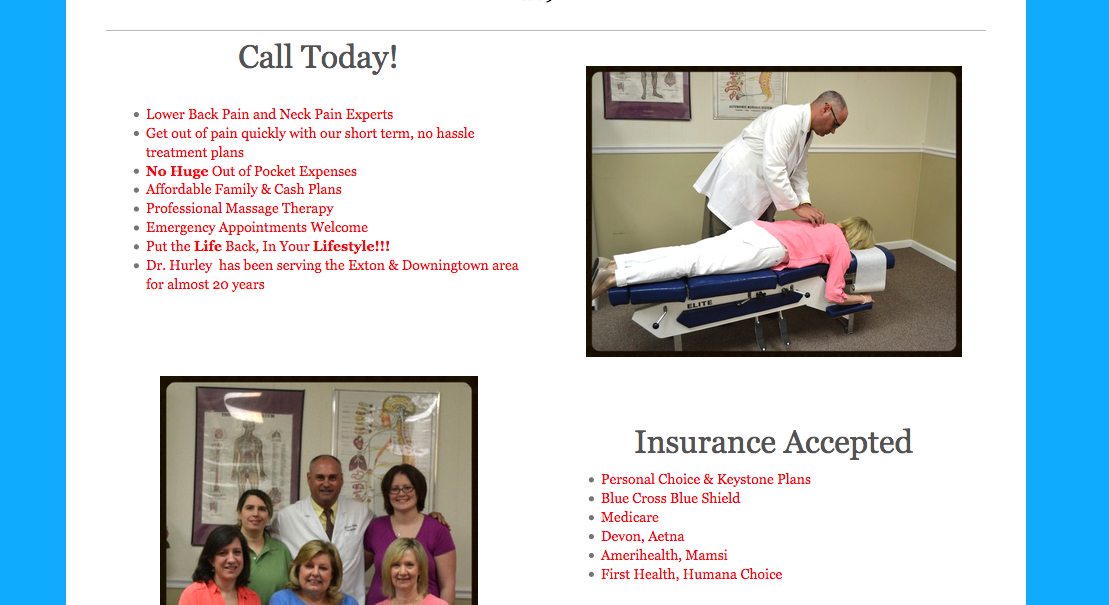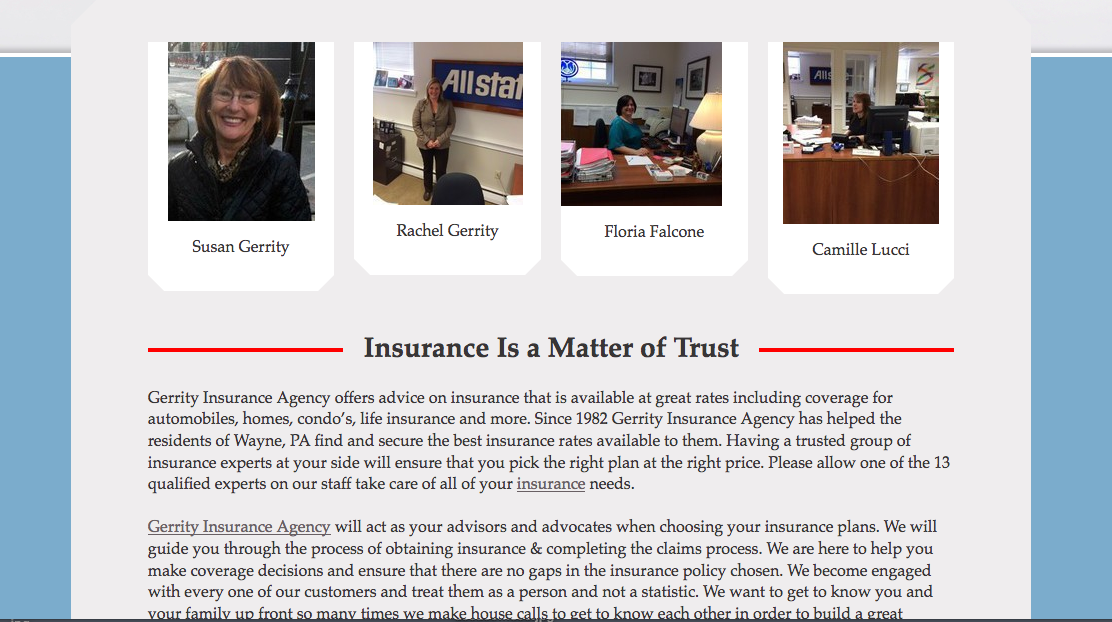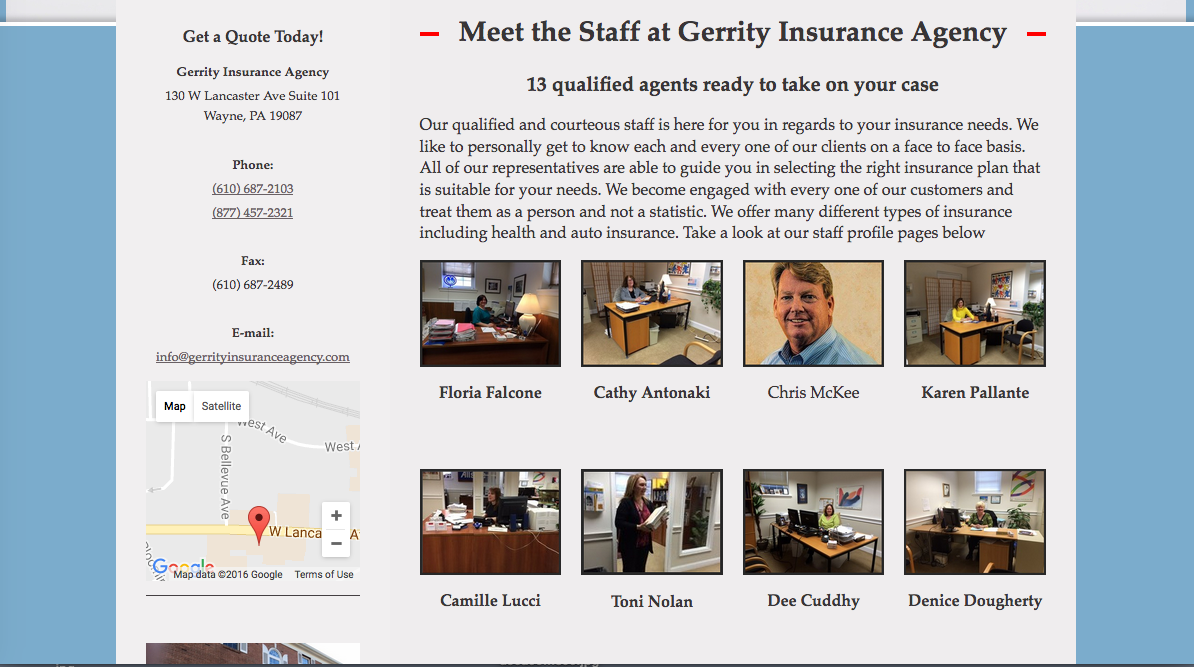Introduction
In my experience with ADA compliance app for your website, I’ve learned that accessibility is more important than ever. When I first started exploring ways to improve my website’s accessibility, I quickly realized how complex and overwhelming it can be without the right tools. That’s when I discovered the value of a dedicated ADA compliance app for your website, which simplifies the process and ensures I meet legal standards.
In my experience, the ADA compliance app for your website, has become an essential part of my accessibility toolkit. I want to share what I’ve learned about finding, choosing, and implementing these apps because I believe everyone can benefit from improved accessibility. If you’re like me, you want your website to be welcoming and usable for everyone, and I’m excited to help guide you through this journey.
Why an ADA compliance app for your website is Essential
Understanding the importance of ADA compliance
From what I’ve learned, ADA compliance isn’t just a legal requirement; it’s a moral obligation to make digital spaces accessible. When I first researched this, I discovered that more than 60 million Americans have some form of disability, and ensuring your website is accessible can significantly improve their experience. An ADA compliance app for your website, simplifies compliance management by providing real-time accessibility testing and adjustments, which I find invaluable.
In my experience, using an ADA compliance app for your website, helps prevent costly legal issues and enhances your brand reputation. I recommend embracing accessibility not just as a legal necessity but as a way to serve a broader audience. This approach ultimately benefits your business and demonstrates genuine inclusivity.
Personal experiences with ADA compliance apps
I’ve discovered that integrating an ADA compliance app for your website, has transformed how I manage accessibility. Initially, I was overwhelmed by the technical aspects, but these apps provide user-friendly dashboards and automated scans that identify issues I might have missed. From what I’ve experienced, they save me hours of manual testing and give me confidence that my site is compliant.
Moreover, I’ve found that ongoing monitoring through an ADA compliance app for your website, ensures my website stays accessible as I update content. It’s like having a dedicated accessibility expert on my team, which I highly recommend to anyone serious about inclusivity. My journey has shown me that these tools are no longer optional—they’re essential for modern web management.
Choosing the Right ADA compliance app for your website
Features to look for in an ADA compliance app for your website
When I was selecting an ADA compliance app for your website, I prioritized features that would make my life easier. From my research, I found that automated accessibility scans, real-time monitoring, and detailed reports are must-have features. I recommend looking for apps that also offer customization options, so you can tailor accessibility settings to your specific website needs.
From what I’ve learned, a good ADA compliance app for your website, should integrate seamlessly with your existing content management system and provide actionable insights. I’ve discovered that user-friendly interfaces and excellent customer support are also critical factors. In my opinion, investing in an app with these capabilities pays dividends in the long run, ensuring continuous compliance and enhanced user experience.
Evaluating different ADA compliance app options
I’ve found that comparing different ADA compliance app for your website, options involves considering factors like cost, scalability, and compatibility. From my experience, reading user reviews and requesting demos helped me understand how each tool performs in real-world scenarios. I recommend choosing an app that offers scalability, so it grows with your website’s needs.
Additionally, I’ve discovered that some apps provide free trials or tiered pricing models, which I believe is a smart way to test their effectiveness before committing. My advice is to focus on how well the app aligns with your accessibility goals and whether it provides ongoing support. This approach ensures you select an ADA compliance app for your website, that truly meets your needs.
Implementation Tips for an effective ADA compliance app for your website
Getting started with your ADA compliance app for your website
In my experience, the first step is to thoroughly review the documentation of the ADA compliance app for your website, and set clear accessibility goals. I recommend starting with a full scan to identify existing issues and then systematically addressing them. From what I’ve learned, consistency is key to maintaining compliance over time.
I also suggest involving your team early in the process, especially content creators and developers. My recommendation is to schedule regular training sessions to keep everyone aligned on accessibility best practices. This proactive approach helps ensure your ADA compliance app for your website, becomes part of your ongoing website management routine.
Best practices for ongoing maintenance
From my experience, ongoing monitoring with an ADA compliance app for your website, is essential. I recommend setting up automated alerts for new accessibility issues so you can address them promptly. Regular updates and audits are also vital, as website content constantly evolves.
Furthermore, I’ve found that documenting your compliance efforts and maintaining a checklist helps track progress. Based on my experience, fostering a culture of accessibility within your team ensures that ADA compliance remains a priority. This way, your ADA compliance app for your website, supports your commitment to accessibility long-term.
Future-Proofing Your Accessibility Efforts
Adapting to evolving standards and regulations
In my research, I’ve seen that accessibility standards are continuously evolving, which makes future-proofing vital. I recommend choosing an ADA compliance app for your website, that stays updated with the latest WCAG guidelines and legal requirements. From what I’ve experienced, a proactive approach helps you stay ahead of potential compliance issues.
From what I’ve learned, subscribing to industry updates and participating in accessibility forums can help you anticipate regulatory changes. I believe that a flexible ADA compliance app for your website, that adapts to new standards, is a wise investment. This way, your website remains accessible and compliant well into the future.
Leveraging technology for continuous improvement
I’ve found that leveraging advanced technologies like AI and machine learning within your ADA compliance app for your website, can significantly enhance accessibility. These tools can automatically detect issues and suggest improvements, making ongoing maintenance more manageable. From my experience, this continuous improvement approach keeps your website at the forefront of accessibility standards.
Moreover, I recommend integrating user feedback mechanisms to identify real-world accessibility barriers. In my opinion, combining technology with user insights creates a dynamic and responsive accessibility strategy. This proactive stance ensures that your ADA compliance app for your website, not only maintains compliance but also elevates user experience.
References and Resources
Throughout my research on ADA compliance app for your website, I’ve found these resources incredibly valuable. I recommend checking them out for additional insights:
Authoritative Sources on ADA compliance app for your website,
- U.S. Department of Justice – ADA Website
ada.govThe official government resource for ADA regulations and compliance guidelines, essential for understanding legal requirements and best practices.
- W3C – Web Content Accessibility Guidelines (WCAG)
w3.orgThis resource provides the foundation for accessibility standards that many ADA compliance apps for your website aim to meet or exceed.
- The A11Y Project
a11yproject.comA community-driven resource offering guides, tools, and best practices for web accessibility, perfect for supplementing your ADA compliance efforts.
- Microsoft Accessibility Insights
accessibilityinsights.ioA powerful tool for testing and improving accessibility, making it a great resource for anyone using an ADA compliance app for your website,.
- A11Y News
a11ynews.comProvides updates on accessibility laws, tools, and innovations, helping me stay current with evolving standards for my ADA compliance app for your website,.
- UX Matters
uxmatters.comFocuses on user experience, including accessibility topics, which I believe are crucial when selecting and implementing an ADA compliance app for your website,.
- National Center on Accessible Media (NCAM)
ncam.orgProvides research and resources on accessible media, helpful for understanding broader accessibility strategies for your website.
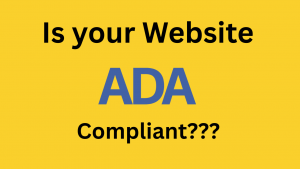
- W3C – Accessibility Standards
w3.org/WAI/standards-guidelinesOfficial standards that guide the development of accessible websites and the tools that support compliance efforts.
Frequently Asked Questions
What is an ADA compliance app for your website, and why do I need one?
In my experience, an ADA compliance app for your website, is a tool that helps automate accessibility testing and compliance management. I recommend using one because it simplifies the process of making your website accessible to everyone, reduces legal risks, and improves user experience for visitors with disabilities.
How do I choose the best ADA compliance app for your website,?
From what I’ve learned, selecting the right ADA compliance app for your website, involves evaluating features like automated scans, customization options, ease of integration, and support. I recommend testing demos and reading reviews to find one that fits your needs and budget.
Can an ADA compliance app for your website, help with ongoing compliance?
Absolutely. From my experience, a good ADA compliance app for your website, provides continuous monitoring, automated updates, and alerts for new issues. This helps me maintain compliance as website content changes over time.
What are the benefits of using an ADA compliance app for your website,?
In my opinion, the main benefits include legal protection, improved user experience, and demonstrating your commitment to accessibility. I’ve found that these apps also save time and resources by automating many testing processes and providing actionable insights.
Conclusion
In conclusion, my research on ADA compliance app for your website, has shown that integrating the right tools is essential for fostering an inclusive online environment. I believe that choosing a reliable, feature-rich ADA compliance app for your website, not only ensures legal compliance but also enhances overall user satisfaction. Based on my experience, I highly recommend prioritizing accessibility as a core component of your website strategy, and I hope this guide helps you make informed decisions to seamlessly enhance your website’s accessibility.

Find out more information about “ADA compliance app for your website,”
Search for more resources and information:

